Tough-1 Extreme Vented Sport Horse Boot Set, 4-Pack
The Tough-1 Extreme Vented Sport Boots Set provides 360 degrees of maximum protection. These high-quality boots feature suspensory slings that provide flexible fetlock and tendon support without restricting movement or inhibiting performance.
The Tough-1 Extreme Vented Sport Boots Set provides 360 degrees of maximum protection. These high-quality boots feature suspensory slings that provide flexible fetlock and tendon support without restricting movement or inhibiting performance. Their vented inner and outer layers provide ultimate comfort and key placed darts allow the boot to conform to the leg to keep dirt out. Complete with super tough Quick Grip closures, these comfortable boots provide a secure fit every ride.
- Set of four boots with suspensory slings that provide flexible fetlock and tendon support without restricting movement or inhibiting performance
- Vented inner and outer layers provide ultimate comfort and key placed darts allow the boots to conform to the legs to keep dirt out
- Vented sport boots feature quick-grip closures
Additional information
| Lining Material | Neoprene |
|---|---|
| Number Of Straps | 3 |
| Outer Material | Nylon |
| Package Quantity | 4 |
| Manufacturer Part Number | 64-18000S-5-103 |



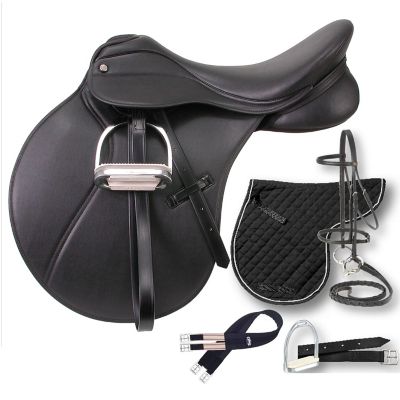
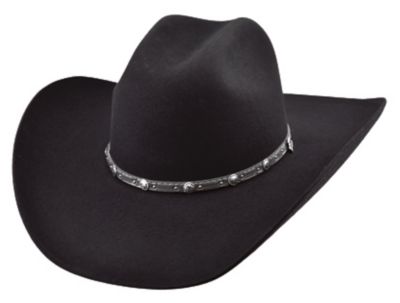
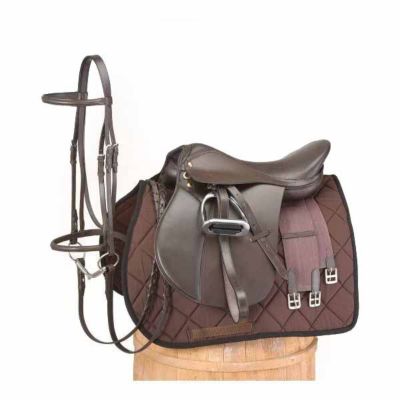
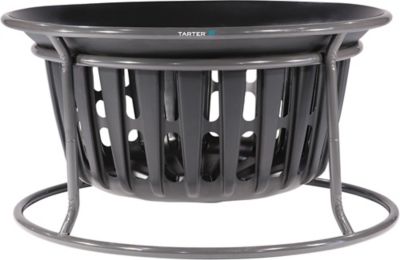
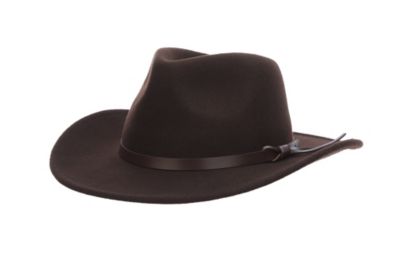


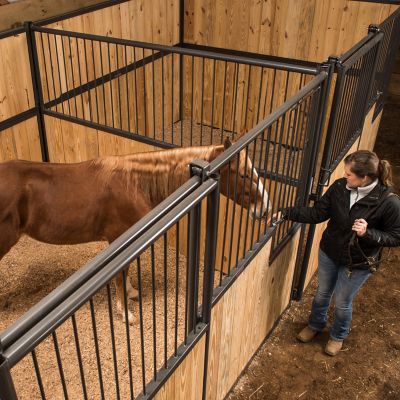
by Chris
Great boots for the price, fit well and easy on/ofd
by Andrew
The color is super bright. They fit a little big, but still pretty good. Overall not a bad idea if you’re looking into buying them.
by Apolina
They are Perfect just what I was looking for.
by Tami
We love these wraps. They fit well and stay snug. Great price.